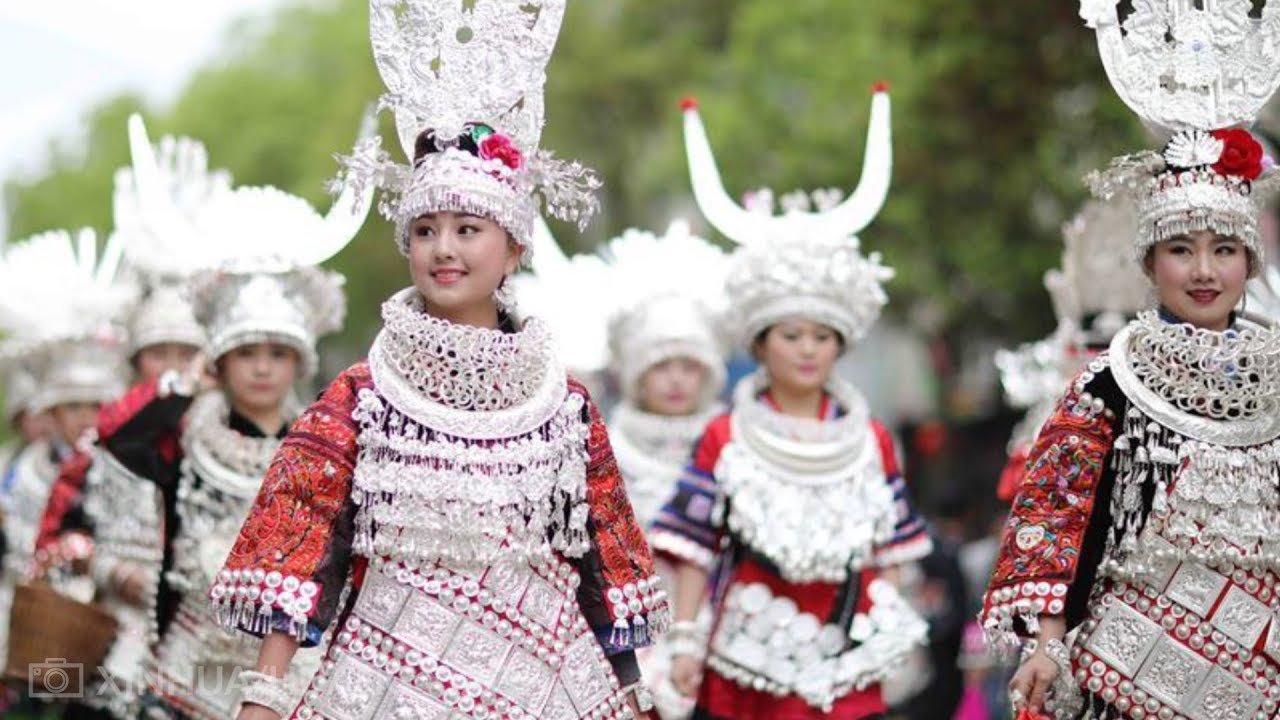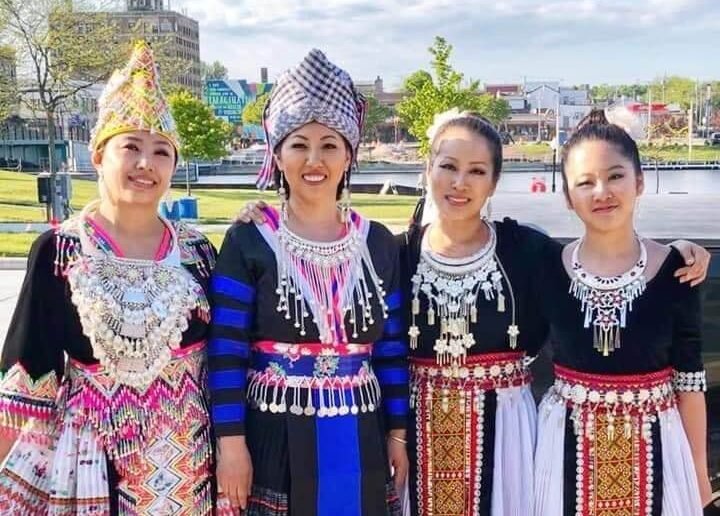The Hmong, an ethnic group hailing primarily from the mountainous regions of China, Vietnam, Laos, and Thailand, are known for their rich cultural tapestry, distinguished language, and vibrant traditions. Though they are globally dispersed, there’s a lesser-known, yet deeply fascinating story of the Hmong community establishing roots in the distant lands of Argentina.
Venturing to Argentina
The Hmong diaspora in Argentina is particularly intriguing due to the vast geographical and cultural distance between Southeast Asia and South America. The initial migration can be attributed to the search for peace, stability, and opportunities away from the conflict-prone areas of their origin. Argentina, with its welcoming stance towards immigrants and burgeoning opportunities, became an unexpected refuge for Hmong families.
A Melting Pot of Cultures
Argentina, known for its diverse demography, has witnessed various ethnic groups integrating into its societal fabric. The Hmong, albeit a smaller community compared to other immigrant groups, have managed to preserve their vibrant cultural identity while simultaneously integrating into Argentine society. They engage in cultural exchanges, introducing their rich tapestry of traditions, colorful textiles, and intricate craftsmanship to the local communities.
Maintaining Cultural Roots
The Hmong in Argentina have been meticulous about passing their traditions and language down through generations. Engaging in cultural events, practicing traditional crafts, and cooking authentic Hmong cuisine are some ways the community keeps their heritage alive. Simultaneously, they embrace the dynamic Argentine culture, contributing to a multicultural ambiance that enriches local society.
Economic Contributions and Livelihoods
Historically, the Hmong have been closely tied to agriculture and craftsmanship. In Argentina, they have diversified into various professions, contributing to local economies and industries while also engaging in traditional crafts. Hmong textiles, known for their vibrant patterns and expert needlework, have found a niche market among the Argentines who appreciate artisan crafts.
Challenges and Triumphs
Like many immigrant communities, the Hmong in Argentina have encountered challenges, including navigating a new culture, learning a new language (Spanish), and facing the various hurdles that come with establishing oneself in a foreign land. However, their resilience and strong community bonds have enabled them to carve out a space where they continue to thrive, celebrating their distinct culture while actively participating in Argentine life.
Bridging Two Worlds
The story of the Hmong in Argentina is a testament to the remarkable ways in which cultures can intertwine and flourish. Engaging in a continuous exchange of cultural, social, and economic practices, the Hmong and Argentines have created a vibrant mosaic that intertwines the rich traditions of both communities. Educational and cultural programs, showcasing Hmong traditions, music, and dance, have enabled a mutual appreciation, fostering a spirit of unity and respect.
Conclusion
Exploring the journey of the Hmong in Argentina offers insightful perspectives into the dynamics of cultural preservation, adaptation, and community building in diasporic contexts. Their story, while uniquely their own, mirrors the global tale of migration, endurance, and the beautiful tapestry that is formed when distant cultures converge, learn, and grow together. This symbiotic relationship not only enriches the societies involved but also highlights the potent beauty that lies in our world’s diverse and interconnected human tapestry.
Note: It’s essential to recognize that the specifics regarding the Hmong community in Argentina may need further research. Community sizes, specific events, or changes might not be accurately reflected in this generalized article.
#3Hmoob #Hmong #Hmoob



